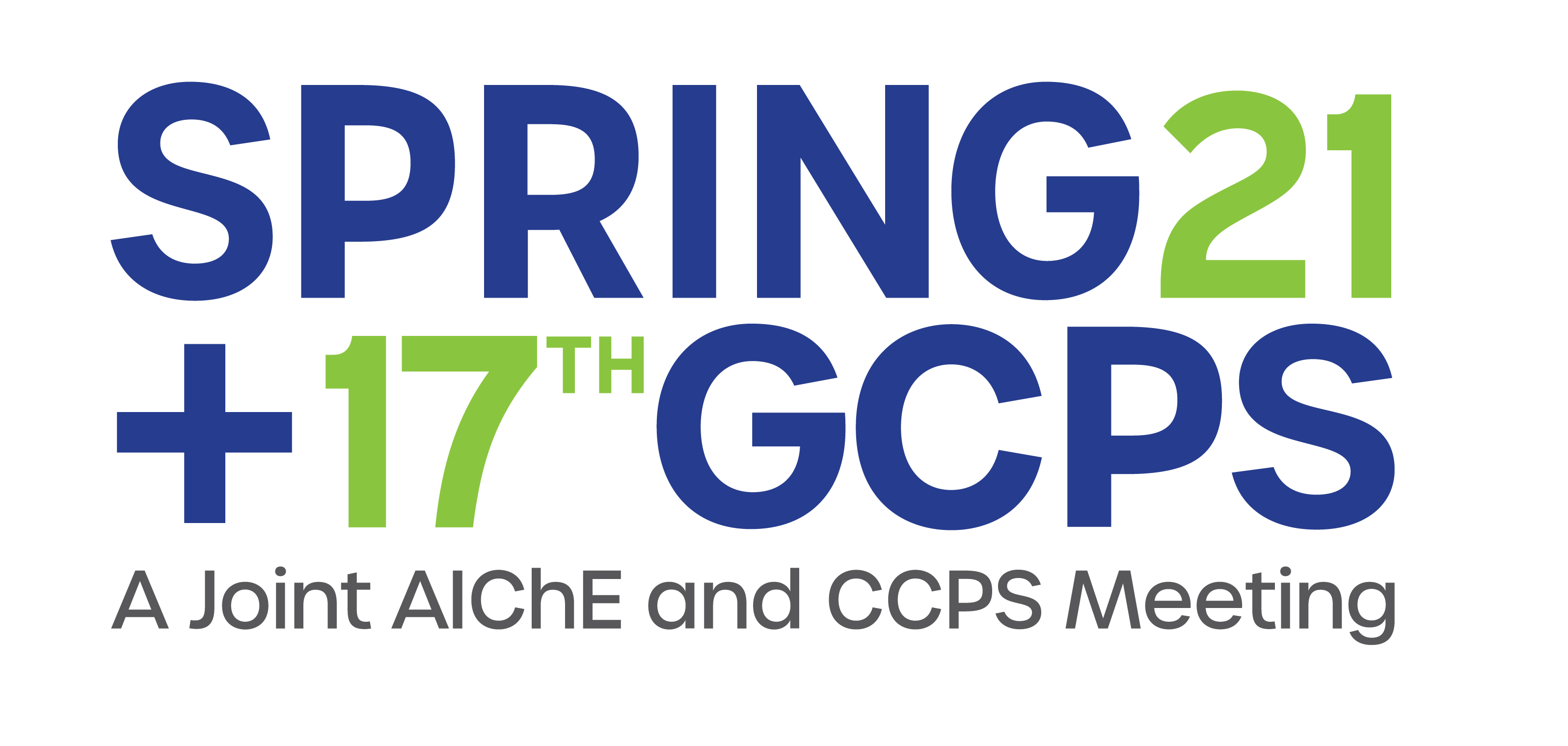

Authors: Salvador Ávila (UFBA), Antonio (Braskem), Lorena (Bayer), Jade Ávila (UFBA), Lucas Menezes (UFBA), Júlia Ávila
Keywords: blackswan, competences gaps, decision models
INTRODUCTION. The academy form competences to work in the routine, without worries, without unknown dangers. The rules and objectives in routine activities are clear and require operational discipline to control the cost of production and product quality. The current educational model does not prepare society and groups for an emergency or even for decisions in a crisis, where resources are scarce mainly because the necessary knowledge about danger and its mechanism of action is lacking.
HYPOTHESES. What really happens in the chain event scenario, when the danger is unknown? ; What are the typical models of action of the emergency leader and crisis management required for a black swan type event considering the resources, the level of stress and the direction of the hazard energy ?; Which models are indicated for the situation of unknown danger and its intense energy flow with high impacts during these events? What is the appropriate mind map of those who lead and execute the actions taking into account the low level of visibility in the events and the political dynamics in the black swan scenario where, depending on the preparation of intense demand for attention and action, possible modifications may occur in the map mental for decisions?
REVIEW OF BIBLIOGRAPHY. This work intend to review the discussions already performed about new concepts and tools in the crisis area. Between this works will understand the effect of the stress level on emergency decisions valuating human error and observing team response using LODA tool. The Human elements in the organizational design can stop the high hazard energy flow of some industries. The principal aspects to be constructed and monitored are technology (risk and complexity); management (leadership and stress); and behavior (cooperation, commitment, competence and communication).
By the other hand, human factors are analyzed to avoid situations where hazard energy carriers during events, from cultural aspects to chain reaction until disaster. Decision models for the emergency brigade, leader and team; indicate the motor and cognitive gaps that can result in lack of control during contingencies. Finally, the analysis of simulation types, by rotating observation of field simulation allow find the deficiencies of the emergency team.
METHODOLOGY. The methodology divided in following steps are dynamic: first, rescue the discussions about stress and the black swan events and, in second step, recognize the intense hazard energy flow through failure events, antecedents, elements and human factors. In third step, we try to locate the gaps and environmental conflicts influencing losses from accidents. Finally, we assess the current event of covid-19 pandemics to suggest correct emergency preparedness actions in the preparation of leaders and their teams regarding cognitive and motor characteristics in situations of high demand.
CASE STUDY. When comparing the characteristics already described by TALEB about Black Swan with the event COVID-19, we intend to carry out a case study to indicate the possible events if the global impact crisis was generated by accidents caused by the chemical, nuclear or oil industry.
